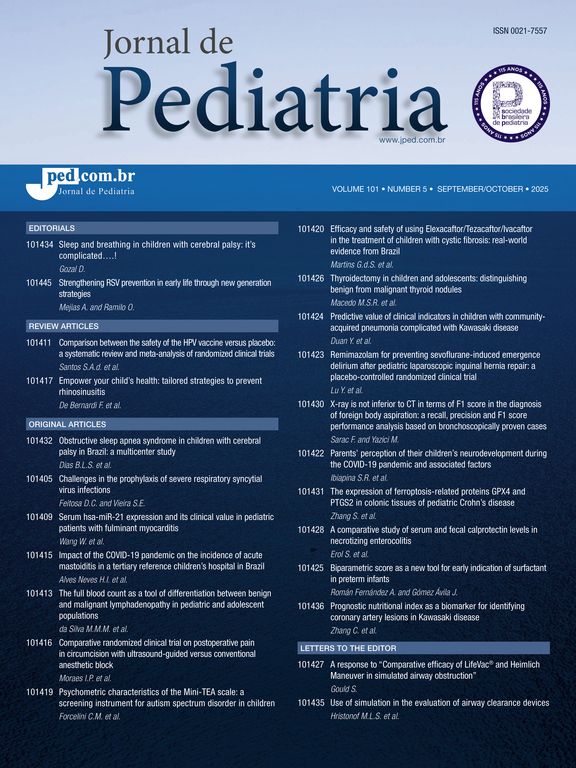In order to estimate the nutritional rehabilitation (NR) during admission of malnourished children with persistent diarrhea (PD) receiving standardized nutritional support (NS), we prospectively evaluated the weight, height, head circumference and arm measurements (AM) of 20 children, 19 below 1 year, admitted to the ward with weigh/age -2,89 to -5,21 standard deviation. Four infants comprised the death group (DG) and 16 survived (SG). The SG was separated, according to initial weight behavior, into weight gain (WG) or weight loss (WL). Compared to SG at admission, DG only had lower AM and more metabolic-infectious alterations (p<05). The survivors presented NR but this was evident for WL only when considering the minimum weight. DG received less calories than SG and weight loss during the pre-death period was higher than for WL (p<05). It was concluded that very altered AM, severe metabolic-infectious insults, low caloric input and high weight loss velocity are associated to bad prognosis; severely malnourished infants with PD began NR during hospitalization while receiving adequate NS, but minimum weight must be considered for this evaluation; AM must be obtained at admission, due to its prognostic value, and adequate NS as well as anthropometric follow-up during the hospital stay are essential.
The Impact Factor measures the average number of citations received in a particular year by papers published in the journal during the two preceding years.
© Clarivate Analytics, Journal Citation Reports 2025
SRJ is a prestige metric based on the idea that not all citations are the same. SJR uses a similar algorithm as the Google page rank; it provides a quantitative and qualitative measure of the journal's impact.
See moreSNIP measures contextual citation impact by wighting citations based on the total number of citations in a subject field.
See more







